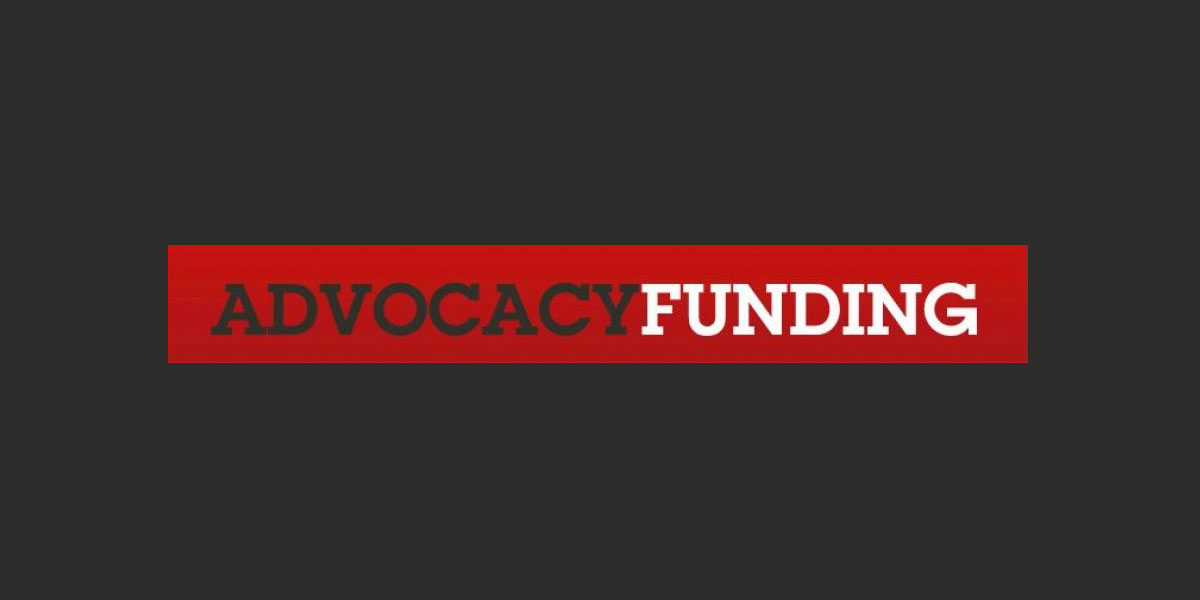Grant applications rising but digital skills gap hampering efforts
Financial & societal pressures are driving a rise in grant applications, but lack of digital skills hampers success, according to new research by The Good Exchange.
Its study Technology in the Charitable Sector examines how grants are currently applied for and distributed. Conducted by global research company, Vanson Bourne, respondents from 100 UK grant-making organisations and 191 applicant organisations were interviewed throughout January and February 2019.
Respondents from applicant organisations said their organisation typically completes 33 separate grant applications per year, with each taking on average eight hours to fill in, equating to 264 hours overall spent applying for funding. However, almost three in five (59%) applications are unsuccessful, equating to 22 working days per year of wasted effort per applicant organisation.
In addition, the study found that grant-makers significantly underestimate the time taken by applicants to fill in their application forms, at two hours less per application than applicants claim, or ten working days less per year on average per applicant organisation.
Applications increase
However, nearly 70% of applicant respondents are looking for new sources of income/new ways to fundraise due to government funding cuts, with over half (54%) having to increase the number of funding applications made to charitable trusts, foundations and other funding sources.
This is borne out by grant-making organisations, 58% of which reported an increase in the number of funding applications received as a result of the widening funding gap. 56% noted an increase in the number of charitable organisations closing down and 51% said there had been an increase in the amount of money being requested by applicants.
Room for digital improvement
The study shows that 95% of grant-making organisations agree that technology can help with the grant management process, with 75% also agreeing that technology can enable better collaborative working with other grant-makers. However, only around six in ten (57%) said that their current processes are perceived to be working well.
87% of applicant organisations agreed that having a single stage one/initial application would help to improve processes, reduce wasted efforts and to measure funding impact, compared with a smaller proportion (56%) of grant-makers. However, nearly two thirds of grant-makers said a reduction in the number of ineligible applications could incentivise their organisation to move toward a technological change in the way it processes applications.
Almost half of all grant-makers said they do not currently collaborate online with other grant-makers. 87% however would be likely to move toward a technological change if they were able to invite other grant-makers to support applicants they are funding or want to fund but can’t; while 91% would do so if it gave them a more effective way to measure funding impact.
Ed Gairdner, COO of The Good Exchange, said:
“Change is in the air and grant-makers now appreciate that technology can help overcome some of the previous barriers with regards to enabling a more collaborative and simplified grant seeking and making process.
“Since we launched the platform in September 2016, we have definitely seen grant-makers becoming more willing to take the initiative to improve the process and evaluate what advantages technology can bring. Embracing technology can enable them to simultaneously tap into the growing trend towards local collaborative charitable initiatives that we know are the lifeblood of many communities contending with years of austerity.”
James Banks, Director of London Funders added:
Advertisement
“This latest research highlights the challenges that everyone involved in funding will recognise. We know that funders are keen to get processes and procedures right, to ensure that available resources are used for the greatest impact for our communities, and that technology is a key part of the improvements we need to see. We also know that technology can enable collaboration between funders, as well as promoting a ‘total assets’ approach that maximises the value of time and talent as well as money in tackling the issues we face in our communities today.”





